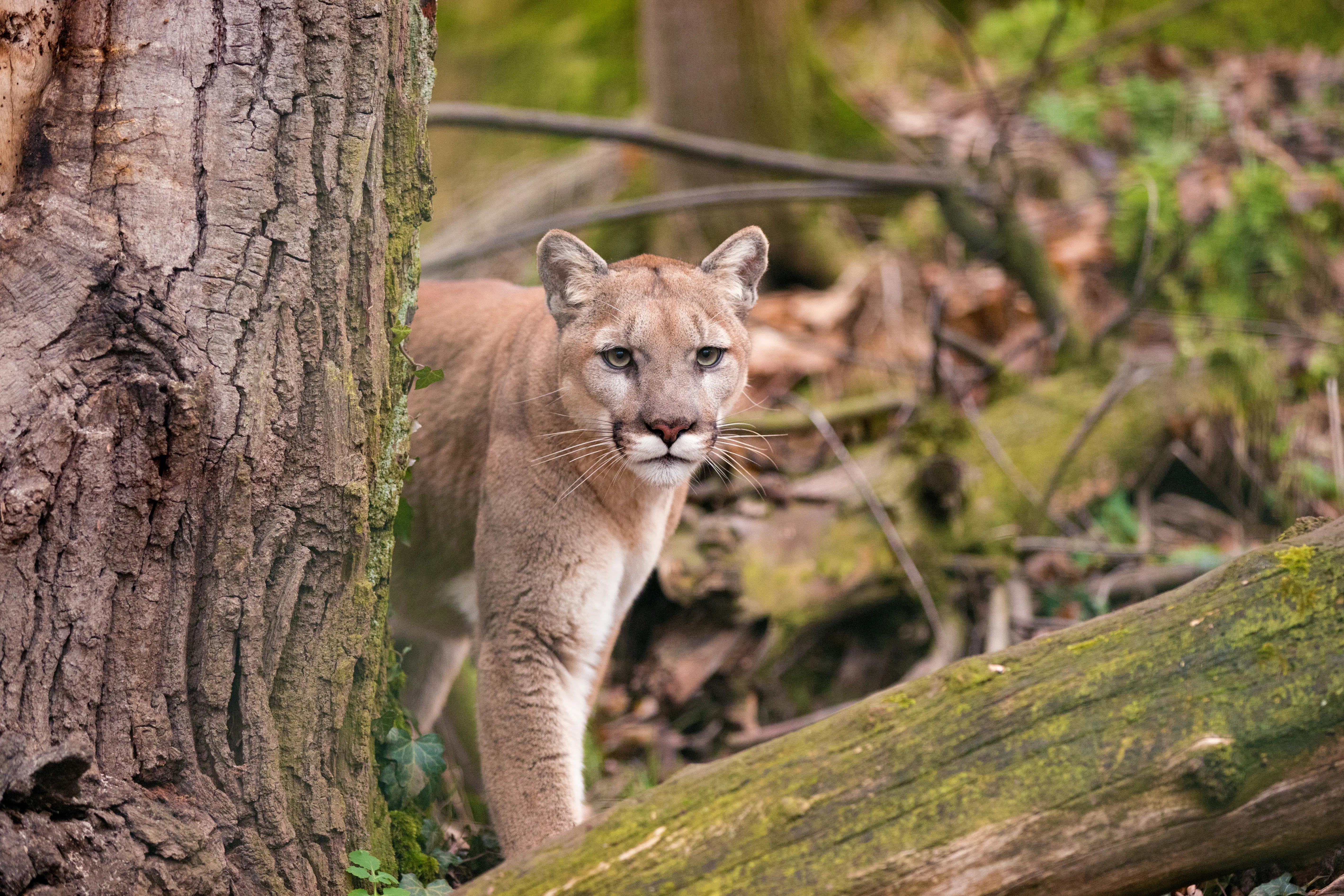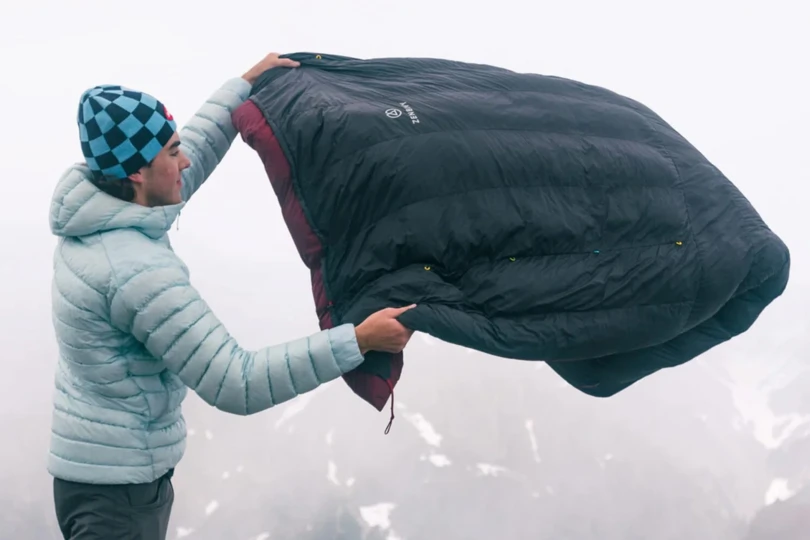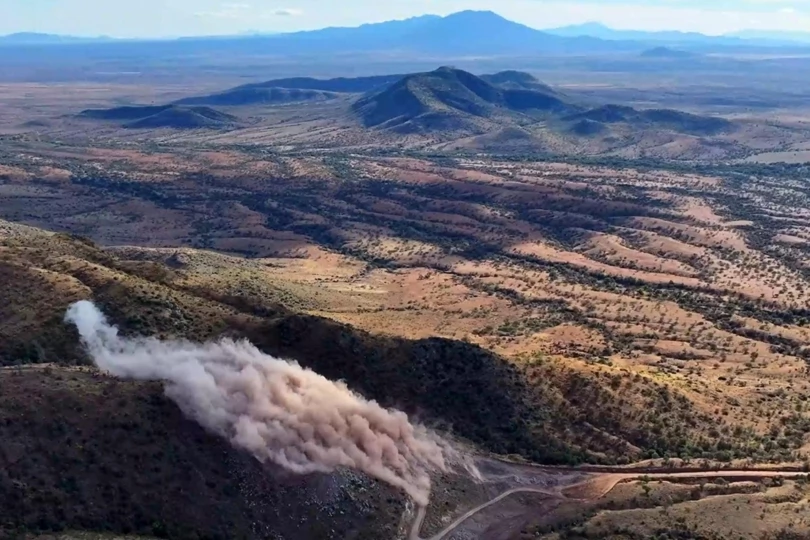The Bear Grylls Survival Academy teaches the necessary bushcraft skills to head deep into the woods and come out alive, from 24-hour beginner courses to extreme five-day experiences.

Bear Grylls built a career on survival. In his TV show, Running Wild, Grylls takes celebrities into the woods and tests their limits. He’s fed Zac Efron worms, rappelled off a cliff with Kate Winslet, and slept in a cave with Ben Stiller.
Thanks to the Bear Grylls Survival Academy, you too can learn firsthand what it’s like to live in the woods, Bear Grylls-style. Grylls himself didn’t attend this course, but his expert instructors did. Determined to improve my wilderness survival skills, I headed to the Catskills of New York for the 24-hour introductory course.
TV Fluff or Real World Skills?
I can hear naysayers complaining this isn’t hardcore enough, or that there’s nothing useful to be learned from a TV show host. And I hear you. In fact, I was skeptical myself. I find TV shows overblown and roll my eyes at the dramatization.
But even though this 24-hour course didn’t push me to a survivalist breaking point, I found it to be a quality experience taught by knowledgeable and talented staff.
Instructors Josh Valentine, Jake St. Pierre, and Chris Tyler, all from the U.S., bring decades of outdoor experience. They maintain an impressive resume of backcountry experience, extreme mountain guiding, first-aid training, rope rigging skills, and all manner of hunting, fishing, and trapping know-how.
While I was bummed I wouldn’t get to meet Grylls, I was excited to learn from such experienced teachers and Bear’s right-hand men. They eschew the camera but are involved in scouting show locations and prepping the celebrity survival experiences.
One Woman’s Outdoor Survival Experience

Circling up, we introduced ourselves. We were eight participants from all over the East Coast: a man from New Jersey interested in having outdoor skills to pass onto his daughter, a father and son from Florida chasing an educational bonding experience, an adventure photographer from Georgia, and a brother-father trio from D.C. who had long seen Bear on TV and were excited to try it out in real life.
And me, a woman who has camped and motorcycled across the country, hiked plenty, and spent a lot of time outdoors, but all without any formal instruction. It was time for school.
Hiking under the infamous northeastern fall foliage, we stopped periodically to learn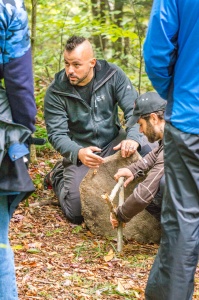 and practice skills. We nibbled on edible plants, identified berries, and set our direction by the sun.
and practice skills. We nibbled on edible plants, identified berries, and set our direction by the sun.
Arriving at camp, we got to work building primitive shelters and practicing our fire-starting skills. As dinnertime neared, we were shown various animal trapping methods.
Crawling into the leafy shelter, I briefly wished I’d worn a few more layers before falling into a fitful sleep. Morning would come soon enough, and with it the breakfast of survival champions—mealworms—more hiking, first-aid instruction, and various rope course opportunities. It was an action-packed 24 hours.
Three Survival Lessons
The utility of a lesson is completely subjective. It depends on the participant’s experience level and general paradigm. If you’re an expert outdoorsman or have years of backcountry experience under your belt, these lessons may seem rudimentary.
But the best survivalists know there’s always something to learn, and it never hurts to be reminded of the basics. Overconfidence kills. So stay open and enjoy these survival lessons.

1. Always Carry a Cotton Ball
After the lesson on fire-starting, we each took our striker and got to work making a primitive fire. Our survival instructors gave us a box full of materials (paper, dried material, and the beloved cotton ball) to make starting a fire easier, but I was determined to start a fire the old-fashioned way.

Searching the forest, I quickly discovered everything was frustratingly damp. Instructor Josh pointed out a tree with bark well-suited for making a fire, and I gathered a few small pieces.
Fast forward half an hour, and I’d shredded the bark, refined my striking methodology, shredded the bark even finer, created about a hundred sparks, and still didn’t have a fire. The bark was too damp.
But the next day, when it was time to make our signal fire as fast as possible, the team tossed me a cotton ball, and within seconds I had a flame blazing. And in that moment I realized the value of a cotton ball.

2. Primitive Shelters Are Fun But Kind Of Creepy
I’m no stranger to sleeping on the ground, but this was the first time I’d ever built a primitive shelter. For an hour we piled sticks, cut down small trees (on private property), and piled it all together, layer after layer, until it resembled a shelter.
We were fortunate to have clear weather during our course, but in the rain, a shelter could be critical to your survival. As it was, I found it a bit claustrophobic and creepy. I’m happy I now have practice building a stick shelter. But given the choice, I’d rather sleep in the open, right under the stars.
3. It All Comes Down To Attitude
When a member of the team “became injured” in a simulation, we worked together to get him up the hill quickly and safely. After building a stretcher from extra clothing and nearby branches, the team communicated well and began carrying Chris uphill. As one person became tired, we coordinated a replacement and carried on.
It was just an exercise, and Chris was only pretending to be hurt, but it was obvious how important working well together is in a real backcountry survival situation.
Whether alone or in a group, keeping a clear head and staying optimistic will keep you alive far longer than any specific skill. May we all channel our inner Shackleton in times of a wilderness emergency.
Bear Grylls Survival Academy Details
- Location: Catskills USA & Highlands UK
- Length: 24-Hour & 5-Day
- Price: $399 for the 24-Hour
- More Info / Book Now
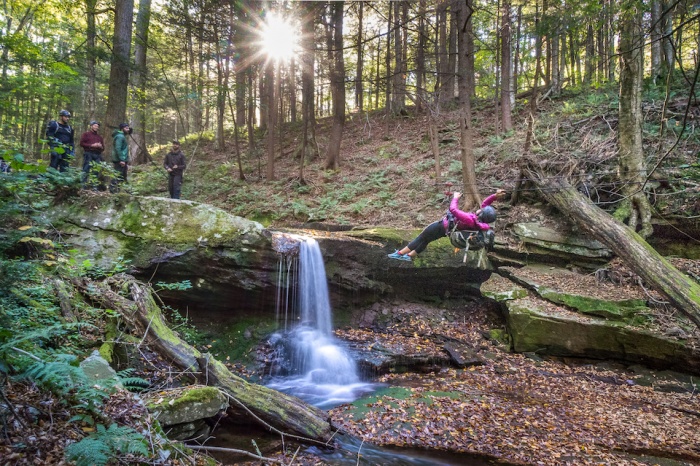
Bottom line: This weekend survival course was a fun way to experience the outdoors. If you have a lot of backcountry experience, skip this and head straight into the more challenging five-day course.
For those looking for an introduction to wilderness survival, campers looking to get more comfortable in the backcountry, or families excited for a wild bonding experience, the Bear Grylls Survival Academy is a great way to spend 24 hours.
As Bear says, “You only get one chance at life, and you have to grab it boldly.”



